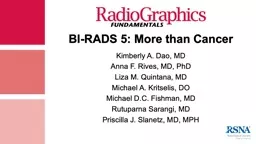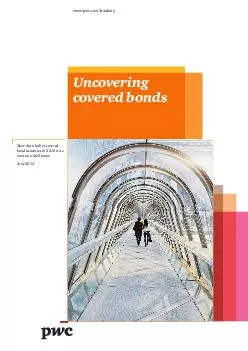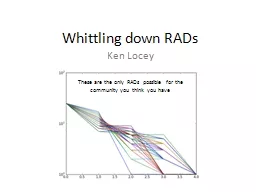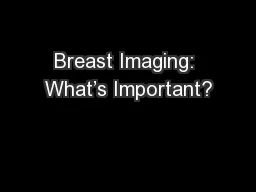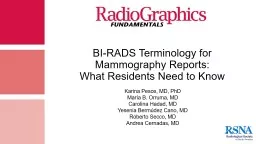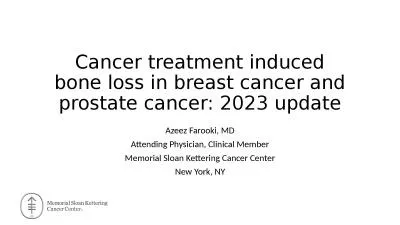PPT-BI-RADS 5: More than Cancer
Author : brianna | Published Date : 2022-05-31
Kimberly A Dao MD Anna F Rives MD PhD Liza M Quintana MD Michael A Kritselis DO Michael DC Fishman MD Rutuparna Sarangi MD Priscilla J Slanetz MD MPH From the
Presentation Embed Code
Download Presentation
Download Presentation The PPT/PDF document "BI-RADS 5: More than Cancer" is the property of its rightful owner. Permission is granted to download and print the materials on this website for personal, non-commercial use only, and to display it on your personal computer provided you do not modify the materials and that you retain all copyright notices contained in the materials. By downloading content from our website, you accept the terms of this agreement.
BI-RADS 5: More than Cancer: Transcript
Download Rules Of Document
"BI-RADS 5: More than Cancer"The content belongs to its owner. You may download and print it for personal use, without modification, and keep all copyright notices. By downloading, you agree to these terms.
Related Documents

